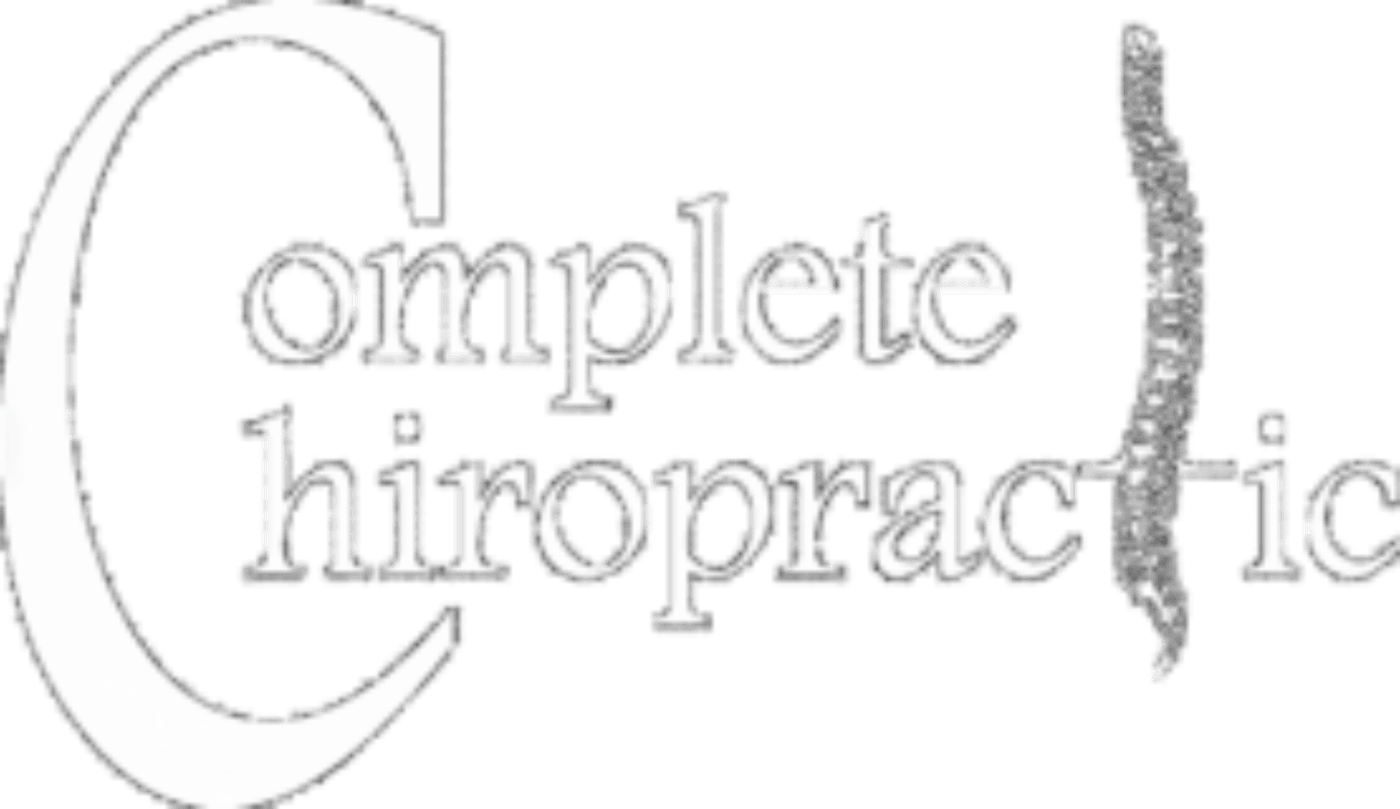Most of today’s health costs can be related to mostly preventable diseases, disregarding elderly care. Preventative diseases include most type 2 diabetes, high cholesterol, high blood pressure, etc. There are definite cases while these are not preventable but for the vast majority lifestyle choices, i.e. diet and exercise can prevent them.
More and more type 2 diabetics are becoming insulin dependant because of the lack of sugar control which includes taking medication as well as their diet and exercise.
Research below shows increase benefit when prescribed structured exercise more than exercise advice. Most people do know they need to exercise and eat right but still do not. Is prescribed exercise cost beneficial is still to be determined. If done right, it would seem a great way to reduce preventable diseases, but would people do it is the question and how would it be done?
from the Journal of American Medical Association
Physical Activity Advice Only or Structured Exercise Training and Association With HbA1c Levels in Type 2 Diabetes
JAMA, 05/04/2011
Umpierre D et al. – Structured exercise training that consists of aerobic exercise, resistance training, or both combined is associated with hemoglobin A1c (HbA1c) reduction in patients with type 2 diabetes. Structured exercise training of more than 150 minutes per week is associated with greater HbA1c declines than that of 150 minutes or less per week. Physical activity advice is associated with lower HbA1c, but only when combined with dietary advice.
- MEDLINE, Cochrane-CENTRAL, EMBASE, ClinicalTrials.gov, LILACS, and SPORTDiscus databases were searched from January 1980 through February 2011.
- RCTs of at least 12 weeks’ duration that evaluated the ability of structured exercise training or physical activity advice to lower HbA1c levels as compared with a control group in patients with type 2 diabetes.
- Two independent reviewers extracted data and assessed quality of the included studies.
- Of 4191 articles retrieved, 47 RCTs (8538 patients) were included.
- Pooled mean differences in HbA1c levels between intervention and control groups were calculated using a random-effects model.
- Overall, structured exercise training (23 studies) was associated with a decline in HbA1c level (-0.67%; 95% confidence interval [CI], -0.84% to -0.49%; I2, 91.3%) compared with control participants.
- In addition, structured aerobic exercise (-0.73%; 95% CI, -1.06% to -0.40%; I2, 92.8%), structured resistance training (-0.57%; 95% CI, -1.14% to -0.01%; I2, 92.5%), and both combined (-0.51%; 95% CI, -0.79% to -0.23%; I2, 67.5%) were each associated with declines in HbA1C levels compared with control participants.
- Structured exercise durations of more than 150 minutes per week were associated with HbA1c reductions of 0.89%, while structured exercise durations of 150 minutes or less per week were associated with HbA1C reductions of 0.36%.
- Overall, interventions of physical activity advice (24 studies) were associated with lower HbA1c levels (-0.43%; 95% CI, -0.59% to -0.28%; I2, 62.9%) compared with control participants.
- Combined physical activity advice and dietary advice was associated with decreased HbA1c (-0.58%; 95% CI, -0.74% to -0.43%; I2, 57.5%) as compared with control participants. Physical activity advice alone was not associated with HbA1c changes.
by Brian D. Barrett, DC @ Complete Chiropractic – Allentown Pa 18106
